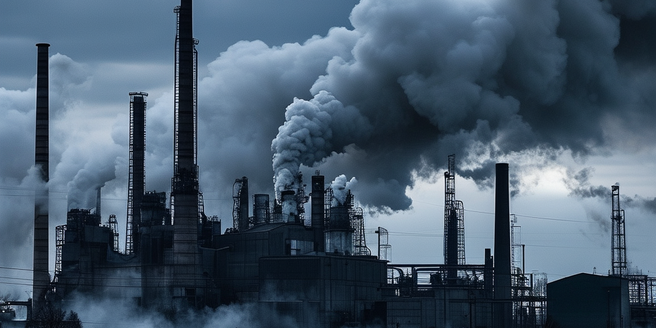
Understanding the Nature of Environmental Contamination
Environmental contamination remains a key concern for humanity’s future trying to comprehend its reality is vital. It refers primarily to the introduction of harmful substances into the environment as a direct result of human activities. These harmful substances can be in the form of industrial waste, chemicals used in agriculture, or pollutants from transport vehicles. Soil, water, and air pollution are common forms of environmental contamination, each carrying its unique threats to ecosystems and human health. Nations worldwide are combatting environmental contamination intensively, aiming to restore and protect the natural environment. An understanding of environmental contamination goes beyond recognizing its presence; it is a necessary precursor to devising effective cleanup and preventative strategies.
Examining Regulations Governing Environmental Liability
Environmental liability regulations are legal rules designed to protect the environment and prevent or remedy environmental harm. These regulations can be complex and multifaceted, as they often cover a myriad of potential scenarios and forms of environmental damage. They not only serve to penalize offenders, but also act as a deterrent to potential polluters by imposing severe penalties. One of the key aspects of these regulations is their strictness, promoting responsibility and accountability. They may allocate responsibility for cleanup costs, impose penalties for non-compliance, and enforce proactive measures to avoid future harm. Regulatory frameworks vary by jurisdiction and often require expert interpretation to navigate. They play a vital role in holding parties accountable for their impact on the environment.
Factors Contributing to Environmental Contamination
Several factors contribute to environmental contamination. These range from industrial activities, improper waste disposal, to agricultural practices. Industrial activities especially manufacturing and mining often involve the use of harmful chemicals. Unchecked, these chemicals cause serious health hazards and ecological disruptions. The leakage of these chemicals into nearby water bodies further exacerbates environmental damage. In addition to these, climate change also amplifies the impact of environmental contamination by disrupting ecosystem equilibrium. Rarely taken into account, air pollution is another vital contributor to this contamination which not only harms the environment but also affects human and animal health. Improper disposal of these substances leads to environmental pollution. Agricultural practices involve the use of fertilizers and pesticides often leading to waterway pollution. Understanding these factors is crucial to developing effective strategies to combat environmental contamination and hold liable parties accountable.
How Liability Is Determined In Contamination Cases
Establishing responsibility in environmental contamination cases is challenging due to the often indirect nature of the damage. The burden of proof typically falls on the plaintiff who must provide scientific evidence that directly links the defendant’s actions to the environmental harm. Relevant factors include any violation of regulations by the defendant, the current condition of the site, and the defendant’s preventative efforts against contamination. Thus, clarifying the defendant’s role in environmental contamination cases is critical to determining legal responsibility.
Case Studies on Past Environmental Contamination Litigation
Examination of previous environmental contamination lawsuits provides valuable insight into how liability is handled in these cases. As one delves deeper into these legal proceedings, understanding the dynamics of such lawsuits becomes increasingly critical. It reveals the complex interplay between legal, scientific, and social factors that determines the outcome of such cases. It’s indeed fascinating to see how each case unfolds differently depending on the involved parties and the scope of the contamination. Each one presents a unique set of facts, challenges, and resolutions, offering lessons for future litigation. These case studies highlight the versatility of legal strategies employed and the role of scientific evidence and expert testimony in parsing the intricacies of environmental contamination and liability. They form a blueprint that informs future lawsuits and policy revisions.
